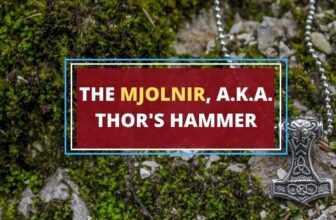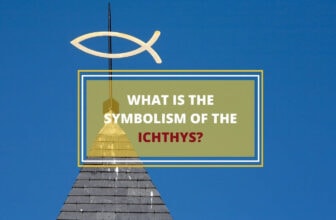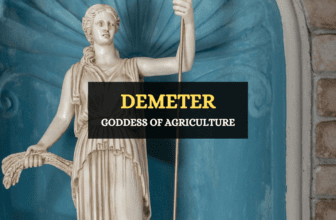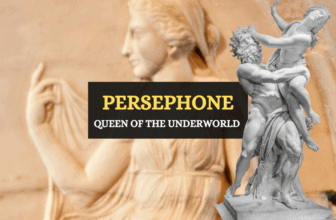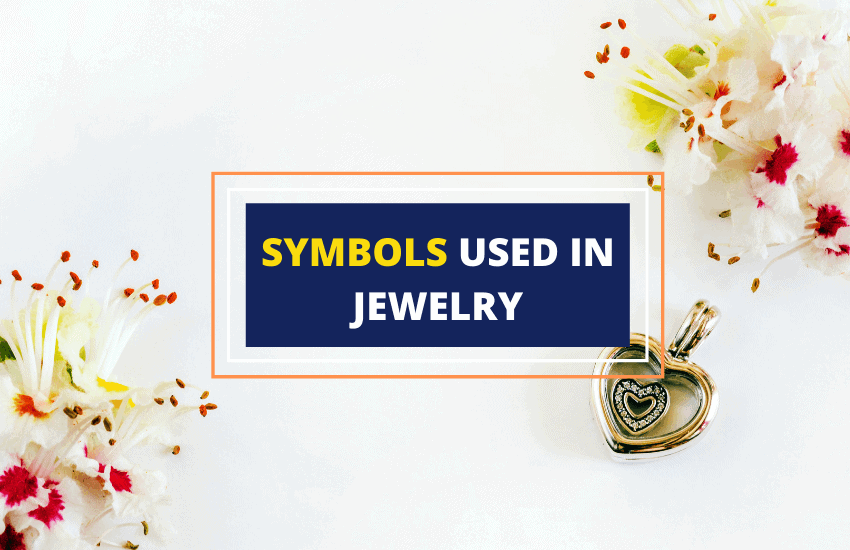
Table of Contents
Throughout history, symbolic jewelry has been popular, worn for one reason or another. Some wear meaningful jewelry as a symbol of their culture or faith, whereas others wear them as amulets for good fortune and protection.
If you’re looking for a piece of symbolic jewelry to add to your jewelry collection or to give as a gift, then you’ve come to the right place. In this article, we’ll be taking a look at 5 of the most popular symbols used in jewelry and their meanings.
The Cross
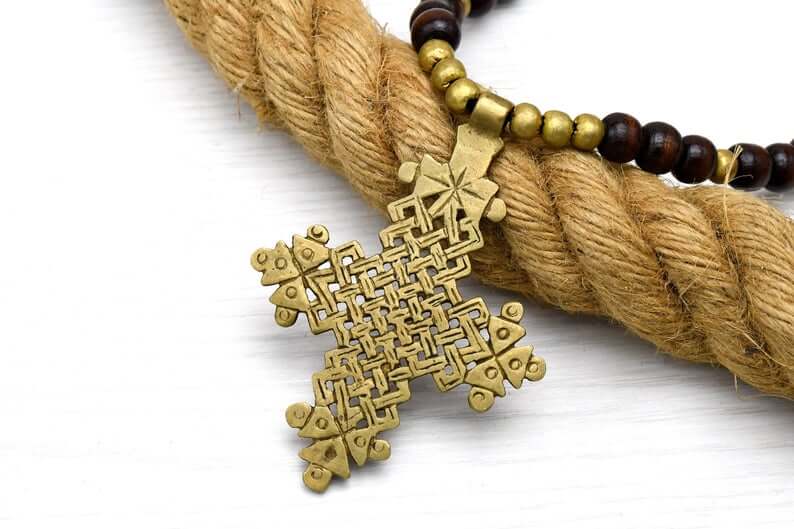
Ethiopian cross necklace by Shimbra. See it here.
The cross is one of the most popular symbols used in jewelry because of its close association with Christianity. Many Christians prefer to wear necklaces or bracelets with crosses on them to represent their faith. However, some also wear this symbol as a fashion accessory.
There are several variations of the cross, such as the following:
- The Greek Cross – The arms of the Greek cross are the same in length, so that it looks similar to a plus sign.
- The Budded Cross – This symbol consists of a cross with circles at the end of each arm. While there can be anywhere from one to five buds on a single cross, the most common arrangement is three, which is said to represent the Holy Trinity: the Father, the Son and the Holy Spirit.
- The Latin Cross – Also known as the ‘crux immissa’, the Latin cross has three equally long upper arms and an elongated vertical arm.
- The Ethiopian Cross – This cross has an elaborate, stylized design which makes it stand out from the other types of crosses. Their intricate latticework of Ethiopian crosses is symbolic of everlasting life.
Aside from its religious symbolism, the cross also represents the four elements: earth, air, water and fire as well as the four directions: north, south, east and west. Read about types of crosses to learn about the variations of the cross.
The Hamsa Hand
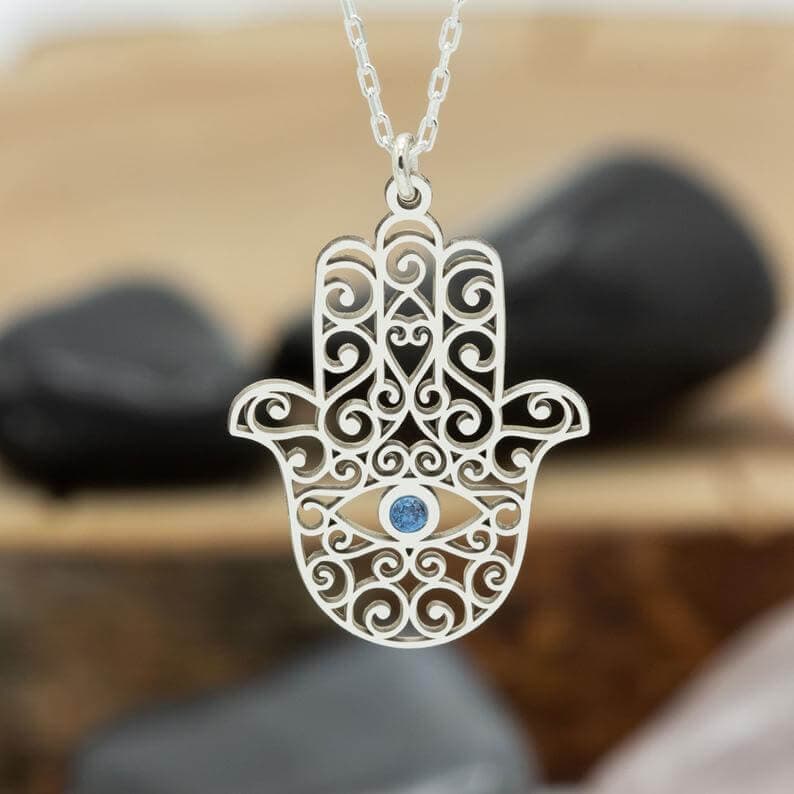
Hamsa Hand necklace by Dkmn Silver And Gold. See it here.
The Hamsa Hand is a multicultural symbol that’s closely associated with protection from evil and harm. It’s called by different names in various cultures and religions:
- Hand of Fatima – The Hamsa hand is named after Prophet Mohammed’s daughter Fatima Al Zahra in Islamic religion.
- Hamesh – A Hebrew word for the number ‘five’.
- The Hand of Miriam – In Jewish culture, this symbol is named after Miriam, who was the sister of Moses and Aaron.
- The Hand of Mother Mary – In Christianity, the Hamsa was named after the Virgin Mary, the mother of Jesus Christ.
The Hamsa hand is depicted in two ways, with the fingers pointing either downwards or upwards, but this doesn’t change the symbol’s meaning. In some depictions of the symbol, the fingers are closed together, which is believed to bring good luck to the wearer. If the fingers are pointing upwards and spread apart, it’s believed to ward off the evil eye.
Many people believe in wearing Hamsa hand jewelry to attract good fortune, happiness and health into their lives and keep away bad luck. This is what makes this symbol high popular for symbolic jewelry.
The Star
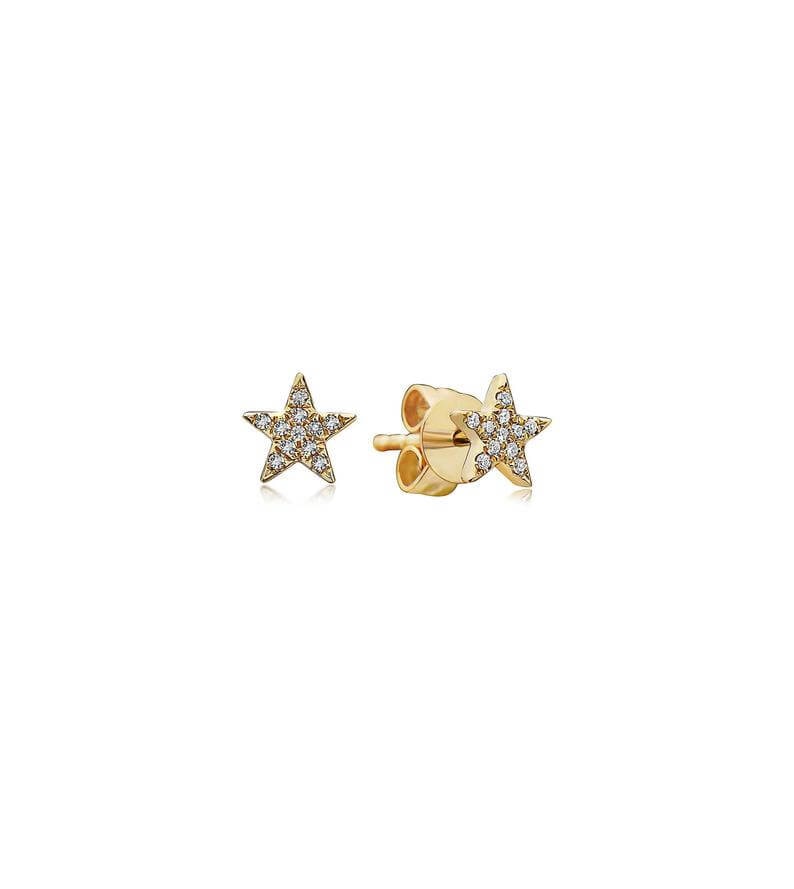
Diamond star stud earrings by Olive and Chain. See them here.
The star is a symbol of protection and divine guidance because of its association with the heavens. In Jewish faith, the Star of David is regarded as a powerful symbol of protection whereas the star of Bethlehem represents God’s guidance.
The star also represents spirituality, motivation, guidance, encouragement and excellence in general. In the past, five- and seven-pointed stars were commonly used in jewelry and it was believed that they would bring good luck to the wearer.
Today, the star remains among the most popular symbols used in various types of jewelry including necklaces, bracelets, earrings and even rings.
The Evil Eye
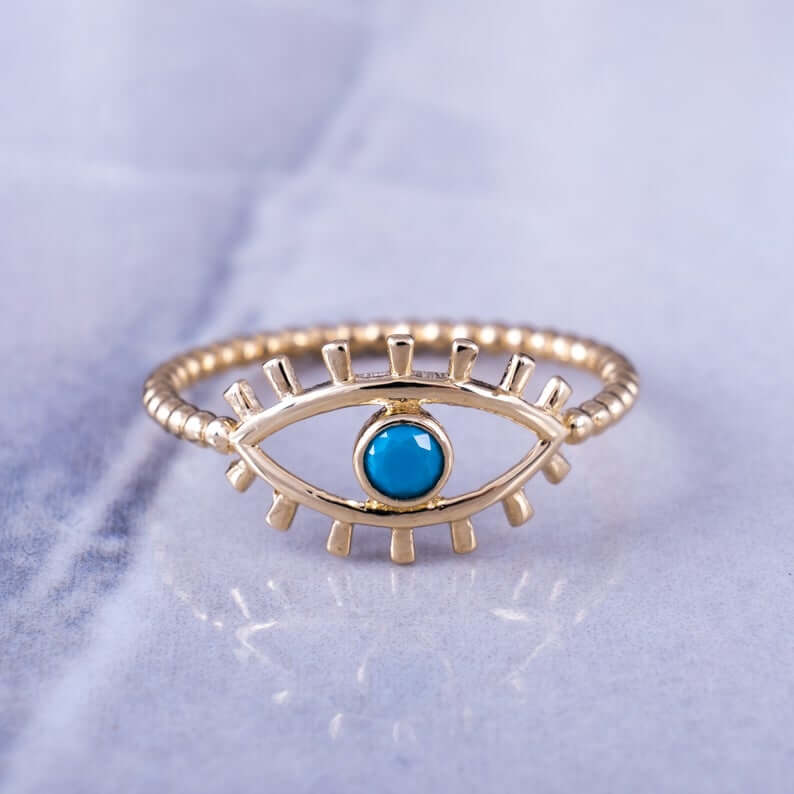
Evil eye boho ring by Piraye Jewelry. See it here.
The evil eye, or Nazar Boncugu, is a popular symbol that’s known to have originated in Greece back in the 6th century BC. It was commonly featured on drinking vessels which were called ‘eye cups’. Over time, it was worn as a protective amulet and even today, it’s believed that wearing this symbol will deflect misfortune and bad luck brought about by others’ envious glares.
This symbol is commonly used as a jewelry symbol and is worn by celebrities and even royalty. The best thing about this symbol is that it can be worn without offending anyone since it’s not culturally sensitive. Since there are numerous types of jewelry featuring the evil eye symbol, you’re sure to find many options to keep away negative energy while attracting good luck.
The Feather
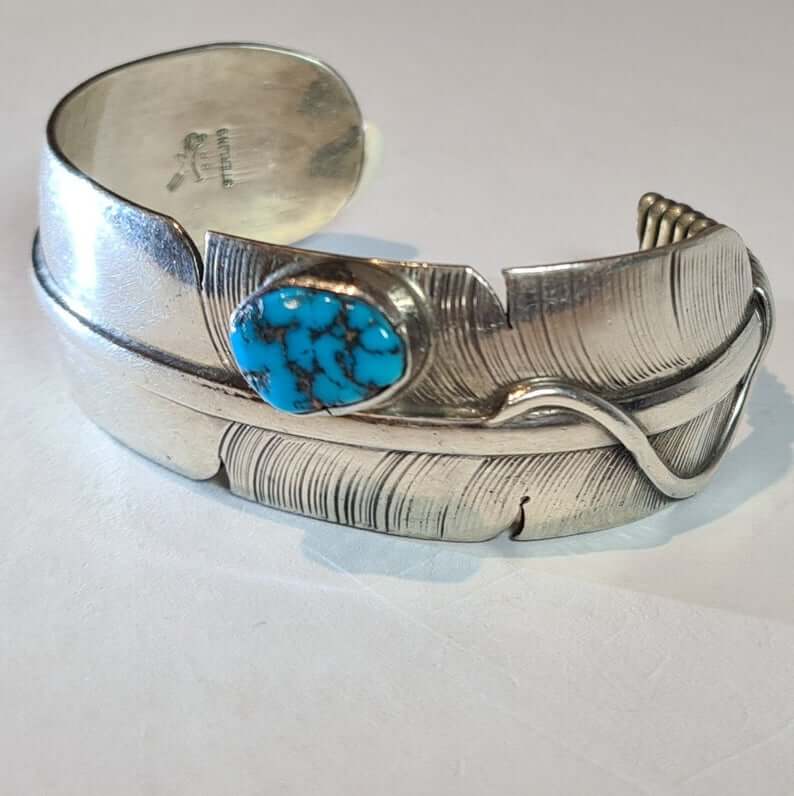
Vintage sterling silver feather bangle by PIE by 007. See it here.
In many cultures, the feather is regarded as a symbol of guidance and protection by angels. Some people also see the feather as a symbol that their loved ones are watching over them and it gives them peace and a sense of hope to know that they’re still with them.
In Christianity, feathers are closely associated with faith, prayer, hope and charity. It’s believed that if someone sees a white feather in their path, it means that the angels are nearby, protecting them, listening to them and letting them know that they’re not alone in the world.
Jewelry featuring feathers make excellent gifts as they can represent honesty, innocence and a fresh start in life.
Wrapping Up
Symbols make jewelry more meaningful and can be an expression of your values, faith, and ideals. They can make you feel protected, looked after or guided. This is why they make for excellent gifts. However, when giving a gift to someone, it’s a good idea to consider the meaning of the symbols, if any, to ensure that the gift is well received.




